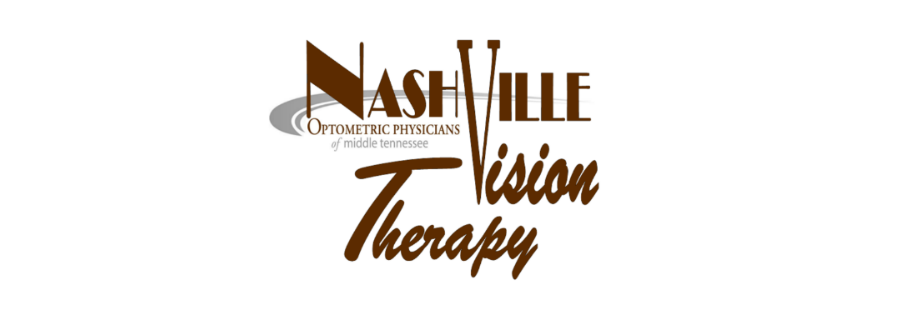A great article about Amblyopia from the COVD Blog:
Amblyopia, also referred to by the public as “lazy eye”, is a unilateral or less commonly bilateral condition in which the best corrected visual acuity is poorer than 20/20 in the absence of any obvious structural anomalies or ocular disease. Amblyopia is associated with strabismus (an eye turn) and/or anisometropia (difference in refractive status between the eyes). Amblyopia is the BRAIN’S response to the imperfect and unequal visual input received from the eyes.
Treatment of amblyopia is based on eliminating its most obvious symptom: the reduction in visual acuity. An amblyopic child cannot read the 20/20 line with the amblyopic eye and this becomes the primary focus of most interventions. First, children are provided with glasses to neutralize any differences in refractive status between the eyes, then the patching begins. Patching is a form of penalization. By penalizing the better seeing eye, the child is forced to use the amblyopic eye, and improvements in visual acuity are measured. The scientific evidence of the benefits of patching in the treatment of amblyopia is extensive and well-founded. When evaluating the effectiveness of patching in populations of amblyopic children, most of them show statistically significant improvements in visual acuity….. but not all patients.
At COVD’s annual meeting, Drs. Janna Iyer and Genia Beasley presented a case of a 10 year old girl with amblyopia. She had been treated with patching and atropine (a pharmacological form of penalization) for YEARS. She hated the patch and the blur-inducing eye drops and found many ways to “beat the system” and use her better seeing eye. The visual acuity in the amblyopic eye remained 20/100. Drs. Iyer and Beasley recommended a paradigm shift. Instead of focusing on amblyopia as a monocular problem, they began to treat the binocular problem and shifted emphasis to the integration of the visual inputs in the BRAIN from a 3-dimensional world. Activities designed to use the eyes together in order to make judgements about where things are in space were emphasized. Activities involving patching and identifying what things are were significantly reduced. Her visual acuity improved within weeks of initiating this therapy program. More important, her academic performance skyrocketed.
Amblyopia is much more than a reduction in visual acuity. Amblyopic eyes have poor eye movement and focusing skills; the amblyopia causes distortions and difficulty processing spaces between objects. On any visual task you design, amblyopic eyes will perform slower and with less accuracy. Even when using both eyes, amblyopic children often do not perform as well as “normal” children. The consequences of amblyopia are far greater than reduced visual acuity. Clearly treatment must move beyond the patch to the brain. Only then will these children begin to demonstrate improvements in their living and learning skills and not just their ability to read the little letters on the doctor’s chart at the end of the examination room.
-Dr. Rochelle Mozlin
Here at Optometric Physicians we have many amblyopic children. Where patching does improve the visual acuity of the amblyopic eye, it shouldn't stop there. That eye still has poor eye tracking and focus abilities, and that is where vision therapy comes in. A combination of patching and vision therapy will improve your child's overall living and learning skills.


No comments:
Post a Comment